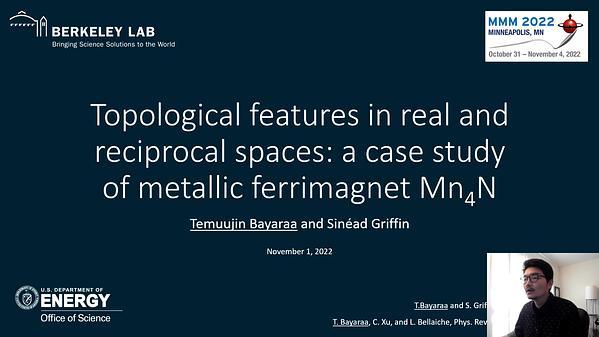Would you like to see your presentation here, made available to a global audience of researchers?
Add your own presentation or have us affordably record your next conference.
Valley, as a new degree of freedom of electrons besides charge and spin, can be used to encode, transmit, store, and manipulate information 1-3. By using various external methods, such as optical pumping, magnetic field, magnetic doping, and magnetic proximity effect, the valley polarization can be induced in materials for realizing practical valleytronic devices. Recently, ferrovalley materials, a system with intrinsic magnetic and valley characteristics, was proposed for 2H-VSe2 4. Compared to traditional valleytronic materials, the ferrovalley materials have potential to eliminate the limitations associated with external fields in inducing valley polarization. However, to date, most of the predicted ferrovalley materials possess in-plane magnetization, which impede the appearance of valley polarization in nature. The crucial challenge is to induce large perpendicular magnetic anisotropy to achieve spontaneous valley polarization in two-dimensional ferrovalley materials.
The van der Waals heterostructure, constructed by isolated atomic layer by layer in a chosen sequence, can reveal unusual properties and phenomena. Here, using first-principles calculations, we find that A-type antiferromagnetic VSe2/CrI3 heterostructure can realize perpendicular magnetic anisotropy and spontaneous valley polarization for realizing anomalous valley Hall effect, while the magnetic anisotropy of VSe2 is in-plane. More interestingly, the electric-field-controlled valley states can be realized by capping a ferroelectric layer (In2Se3) on VSe2/CrI3. The half metal-to-semiconductor transition and turning off and on valley are achieved by switching the ferroelectric polarization. Our results of constructing ferrovalley/ferromagnetic and ferroelectric/ferrovalley/ferromagnetic two-dimensional van der Waals heterostrucutre to engineer electronic and valley states can be useful for developing low-dimensional spintronic and valleytronic devices.
